The package grows up – leaving the project behind
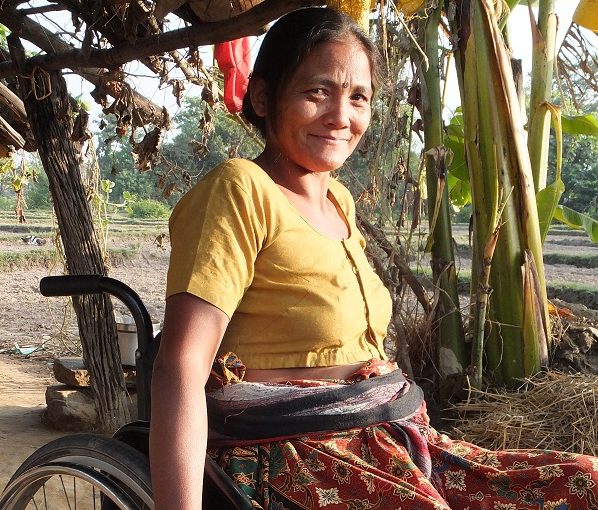
So, we’ve come to the final stage of our HIF funded project! Project activities have tailed off and it's time for report writing, filing everything neatly on the server, answering outstanding emails and tying up loose ends. Hopefully a job well done.
.
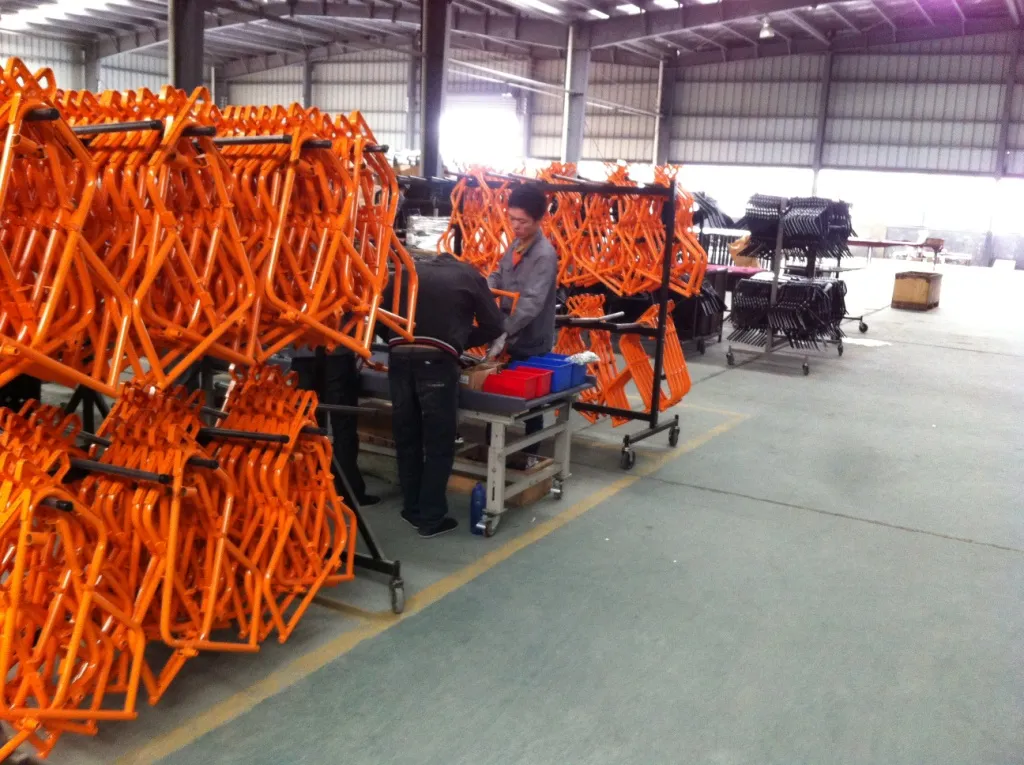
But of course, the outcome of this project doesn’t get tidied away on a shelf alongside the reports. The designing, developing, testing, learning, advocating and lobbying has resulted in the existence of a package for emergency response wheelchair provision. A product, a service and a training package all specifically for use in a humanitarian crisis. Now an integral part of Motivation’s portfolio of mobility equipment and training, this package is already in use as part of the emergency response capability of a range of humanitarian organisations such as the UK International Emergency Trauma Register.
We started the project with an initial innovation grant from HIF in 2011. The Syrian conflict had only just begun and humanitarian organisations were still mulling over lessons learnt from the response to the earthquake in Haiti. Since then, there has been enormous change in the humanitarian picture. The huge numbers of people now in need of humanitarian assistance and the associated dramatic increase in funding requirements means many people’s most basic needs are not being met. This puts the most vulnerable, including people with a disability, at an even higher risk and highlights the importance of including them in planning and response.
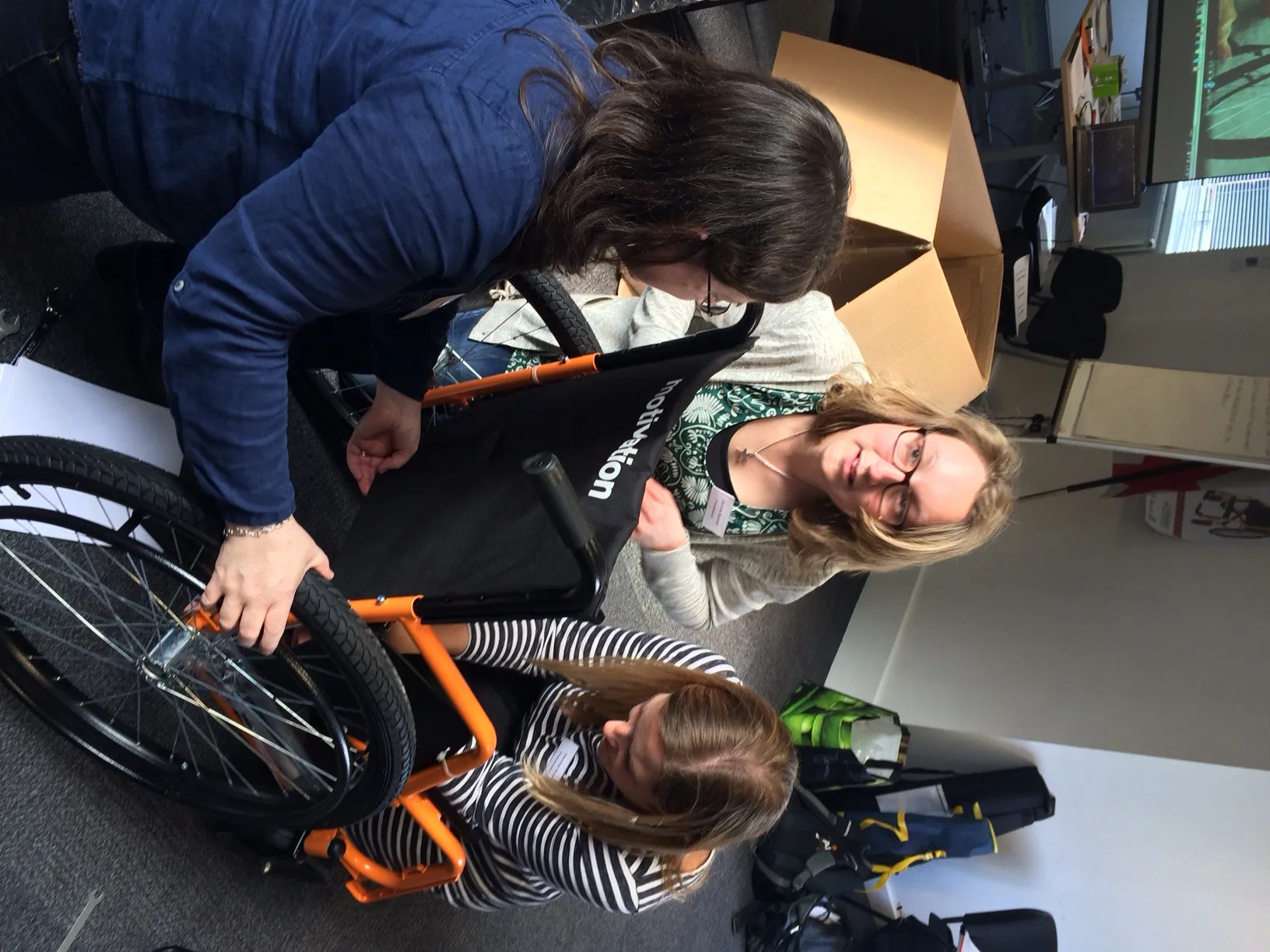
But there are also positives to be shared. Over these five years, there has been a marked increase in the recognition of the needs of people with disabilities in crisis situations. This was evident in the aftermath of the 2015 Nepalese earthquake which saw a dedicated rehabilitation cluster set up for the first time. Vulnerable groups were also specifically targeted at the World Humanitarian Summit this year with #LeaveNooneBehind included as one of the summit’s key commitments. Most significantly, Handicap International launched a Charter on Inclusion of Persons with Disabilities in Humanitarian Action at the summit, now endorsed by nearly 100 States, humanitarian organisations, funding bodies, and NGOs. It’s clear people are beginning to recognise the need to include disabled people in planning and responding to emergencies. But we need to make sure they have the tools to do it.
And that’s what this project has been about – helping organisations to include wheelchair users in their emergency response provision. The project has a number of different components and the uptake has varied - the service and accompanying training package have already been adopted by a range of organisations who recognise the need for inclusion in their planning. However, as budgets become ever more stretched, the most visible part of the package, the actual product, is not yet being stocked in large quantities by responding organisations, despite its low cost. This is more a reflection of humanitarian organisation’s current capacity rather than the need. We are looking at ways to allow the wheelchairs to be available in much smaller numbers, whilst keeping costs to a minimum and ensuring they are readily available in large numbers after a disaster.
The ability to remain flexible, reactive and open minded are our most important takeaways from this project. HIF’s three stage funding model has proven invaluable, allowing us to update plans and keep them relevant. Constant networking and engaging with the humanitarian conversation has been important, both to advocate for the needs of wheelchair users and for the visibility of the project.
It’s been a real privilege to be part of this innovative project and I’m confident we’ll continue to see Motivation’s emergency response package play an ongoing role in future humanitarian responses. Not only does it offer a practical and immediate solution, but it really does mean we can work towards a universal goal of ensuring no-one is left behind in an emergency or humanitarian crisisand that in the aftermath those left injured are able to access the necessary support in order to survive.
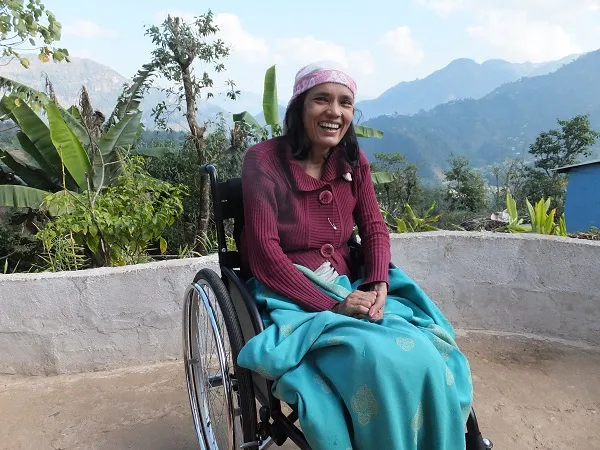
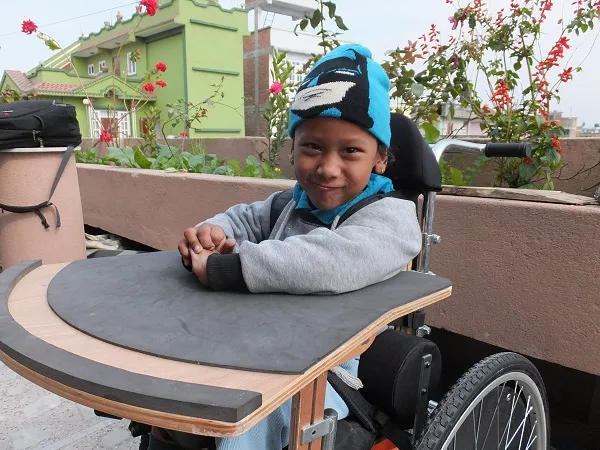
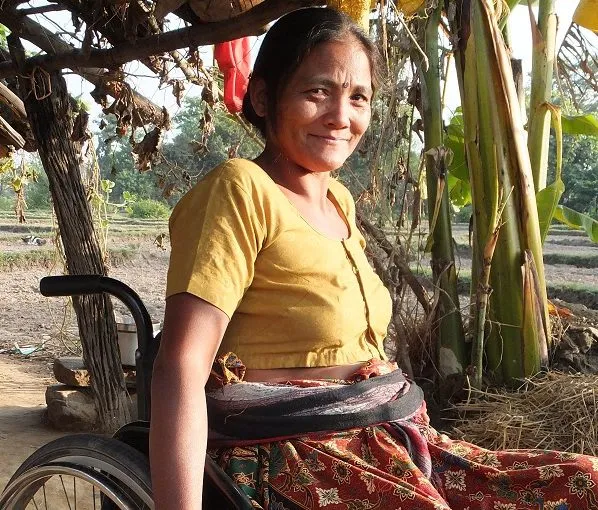
Stay updated
Sign up for our newsletter to receive regular updates on resources, news, and insights like this. Don’t miss out on important information that can help you stay informed and engaged.
Related articles

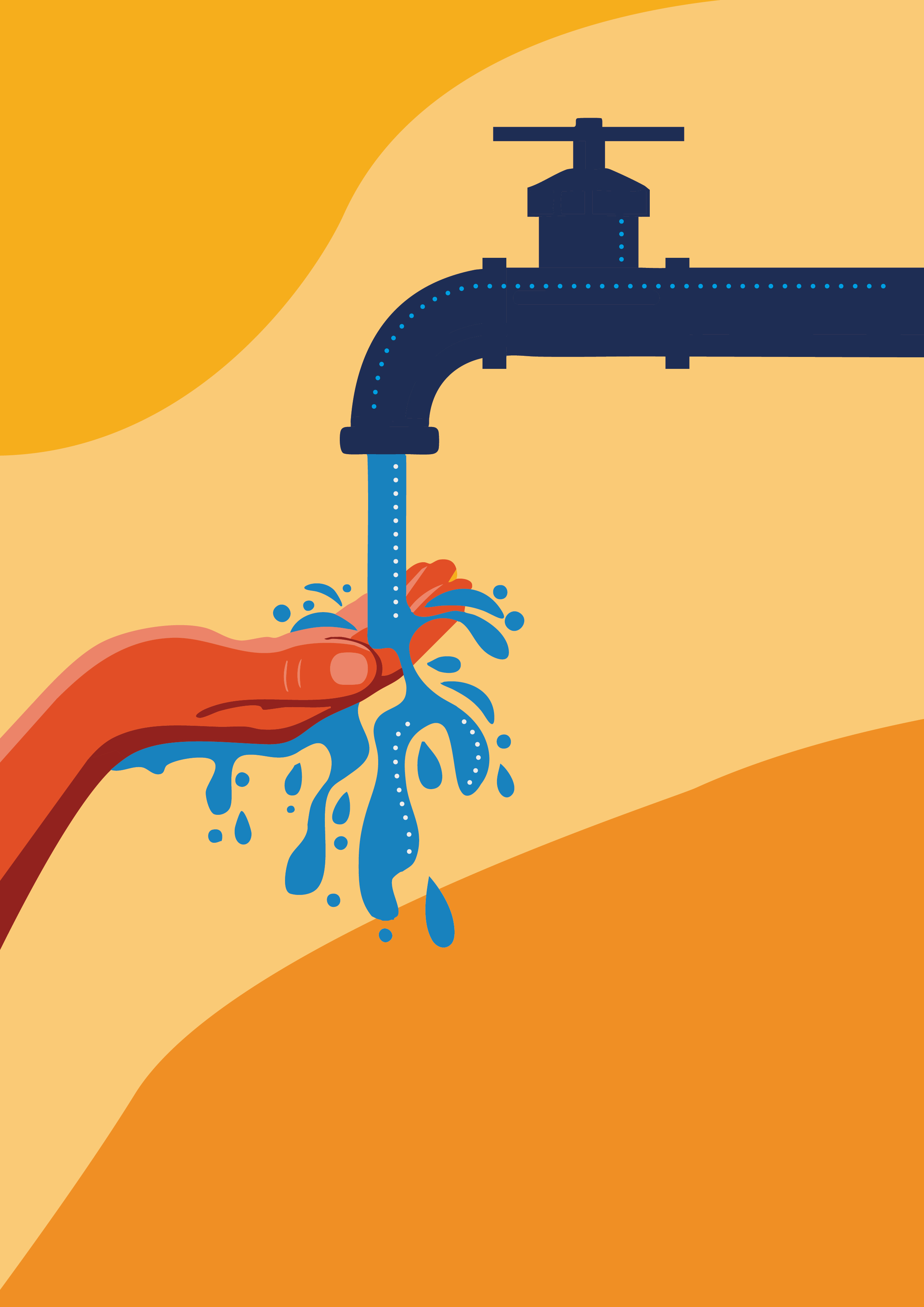
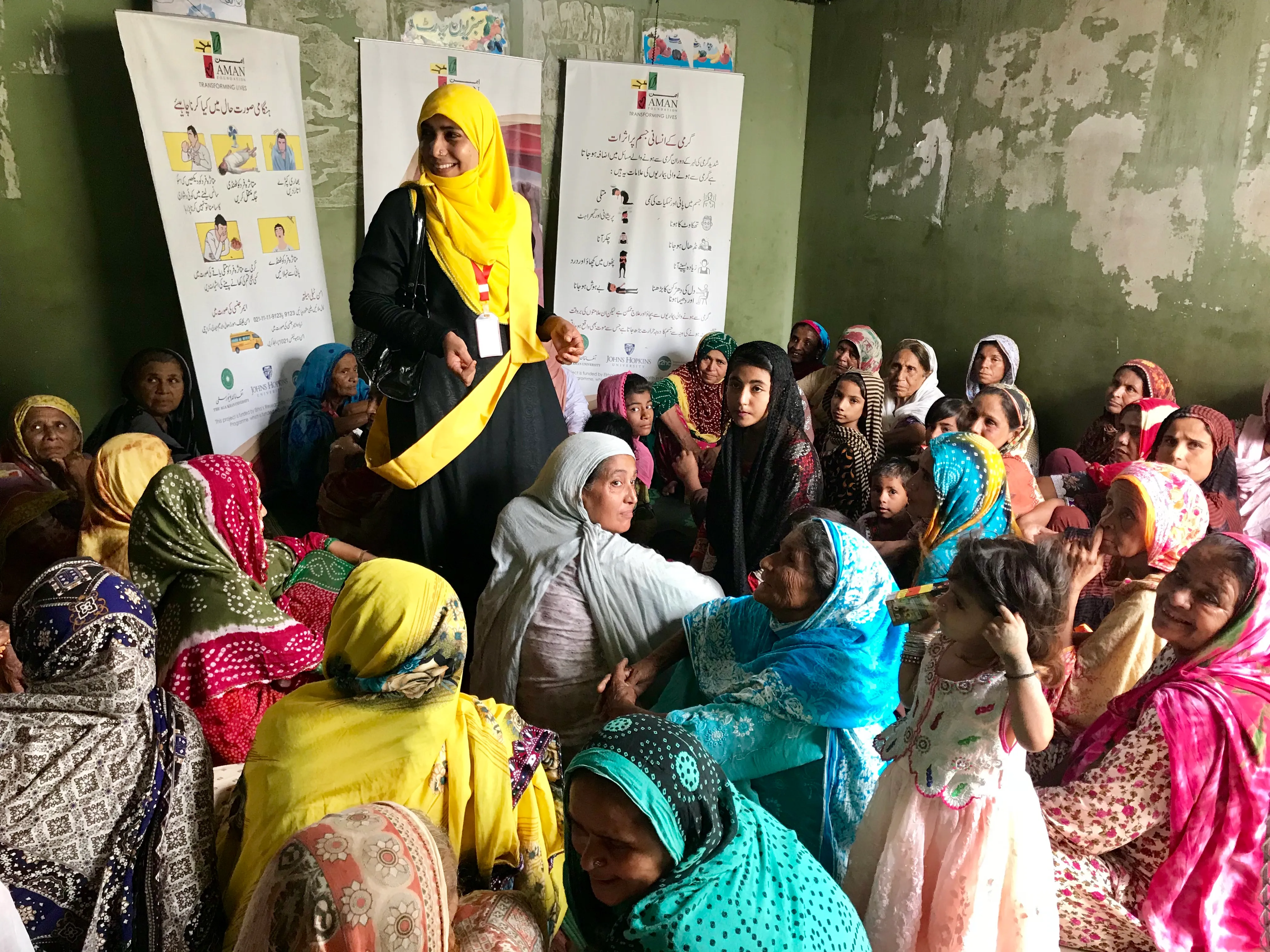
Explore Elrha
Learn more about our mission, the organisations we support, and the resources we provide to drive research and innovation in humanitarian response.